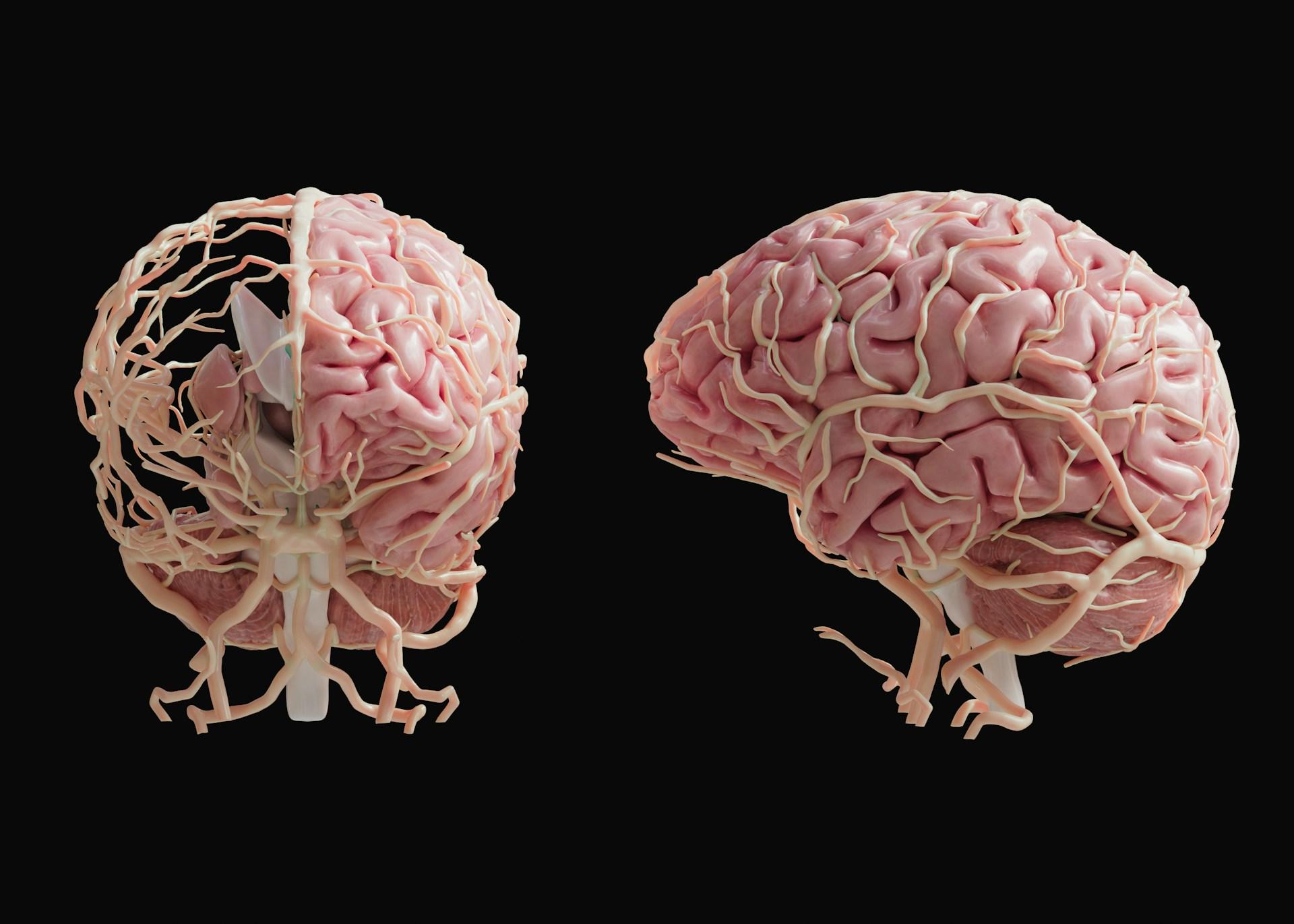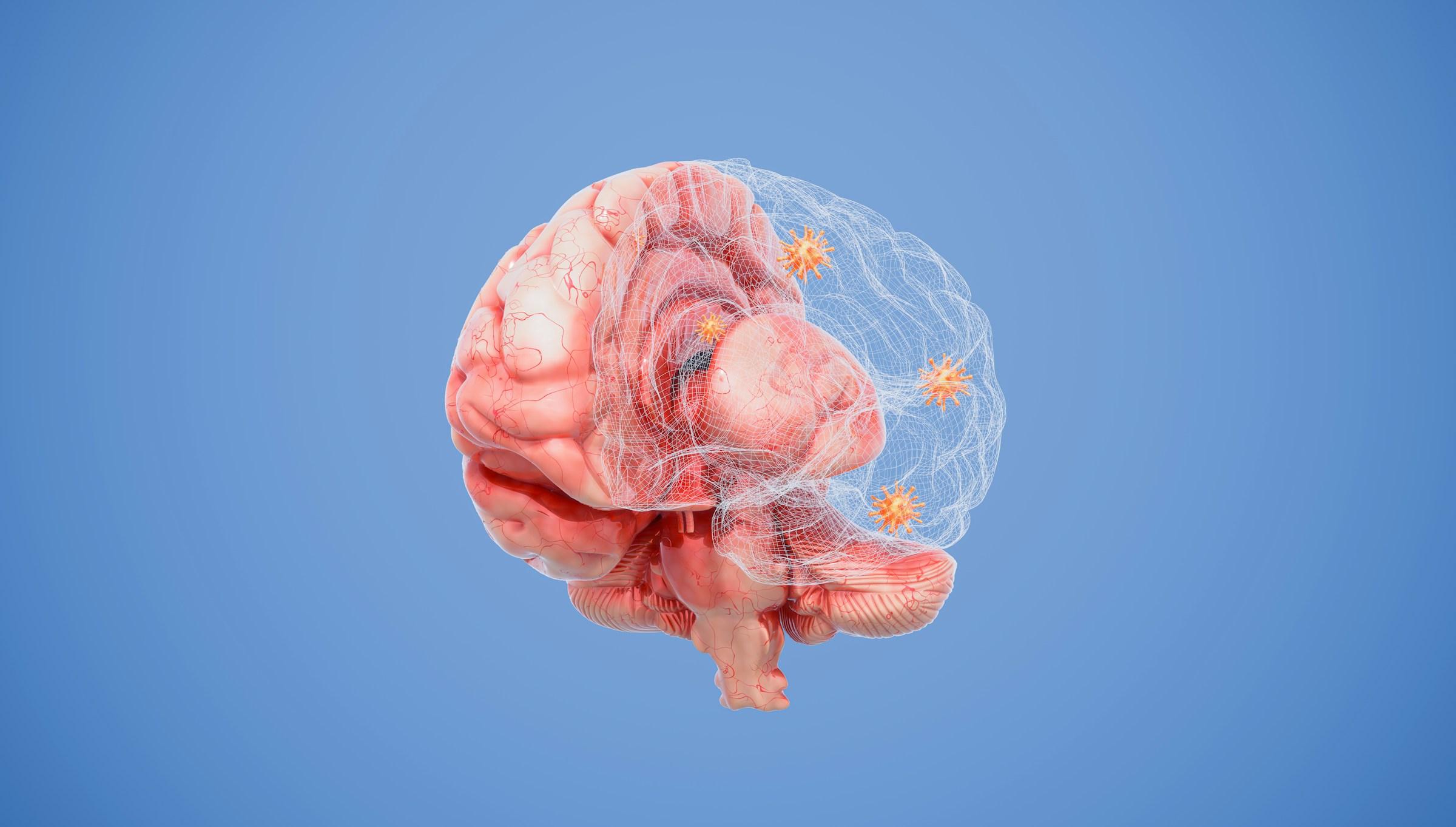You hear it before you fully see it. A sharp thwack from the high chair. A tiny palm to a tiny head. The room goes quiet for a beat that feels long. Then a cry, your reflexive gasp, and the small mystery of why a child would turn frustration inward rather than fling it outward at you or the world. Online, the comments split fast. One thread says it is normal. The next says to call a specialist today. The truth lives in the space between those replies, where context, pattern, and recovery time tell a more precise story than a single moment can.
Toddlers live at the intersection of big emotion and small vocabulary. That mismatch makes bodies do the talking. Self-hitting can be a fast, blunt way to say I am overwhelmed. It can also be a sensory experiment, like tapping a drum to learn the sound. Sometimes it is a script learned from the room. If a startling noise earns instant attention, a toddler will notice. If body-based gestures get a bigger response than words, the body will return to them. Toddlers are scientists who repeat what seems to work. That includes bad ideas that briefly feel effective.
So when should I worry about my toddler hitting himself. Start with frequency and intensity, not a single episode. A toddler who swats his forehead once in a long afternoon of meltdowns is writing a quick line in the novel of the day. A toddler who hits repeatedly across different settings is drafting a new chapter. Patterns matter more than isolated scenes. If you are seeing this behavior several times most days, across home, playground, and daycare, it is no longer just a scene.
Watch the recovery arc. Many children can be redirected by a familiar sequence. You pick up, label the feeling, offer a sip of water, dim the noise, and the storm passes. If redirection usually works within minutes, the system is learning. If soothing has no effect and the hitting escalates until there are marks or bruises, that is a different signal. Duration without relief is a red flag. Bodies that cannot de-escalate need a closer look.
Context tells on the behavior. If hitting shows up at very specific choke points, like transitions from bath to pajamas or the moment the tablet turns off, it might be about anticipation and routine. You can adjust the handover to reduce the shock. If it appears in quiet, ordinary moments with no obvious trigger, that is a different pattern. When a child is comfortable, fed, rested, and still hits himself hard enough to leave marks, the behavior is not just about the day’s friction. It is speaking in its own language.
Injury is a clear line. Any self-hitting that leaves lasting marks, breaks skin, or targets the same vulnerable spot over time is not a shrug-and-scroll moment. Protect the body first. If you are seeing bruises on the forehead or ears, or if the child uses objects to intensify the hit, that moves the concern out of internet-forum territory. Repeated injury is not a phase to wait out. It is a health and safety issue that asks for real help.
Regression adds weight to the picture. If self-hitting arrives alongside lost words, retreat from eye contact, or a collapse in play skills that used to come easily, the cluster matters. Toddlers spasm through phases all the time, but losing abilities that were reliable is different from gaining a new quirk. Pair that with self-injury and the combo says this is not just frustration. It is a system under strain. Document what slipped, when it started, and how the hitting rides with it.
Pain hides in plain sight. Ear infections turn heads into pressure cookers. Teething radiates through the jaw. Constipation makes the belly feel like a tight drum. A child who cannot locate the pain with words may tap or hit the closest landmark. If self-hitting arrives with nighttime wake-ups, pulling at ears, guarding the mouth, or a sudden fear of eating, you are not just looking at a behavior. You may be looking at a body asking for relief.
Sensory load can tip the scale. Bright supermarkets, echoey gyms, and clattering family dinners stack noise on noise. Some kids do not just dislike that input. They drown in it. Self-hitting can be the equivalent of a fire alarm inside the body. The child is trying to cut through a wall of sensation with a sharper one that he can control. If the behavior drops in dim rooms and steady routines and spikes under fluorescent lights or busy schedules, the environment is not just background. It is the plot.
Sleep debt and hunger are classic villains that wear simple masks. A short nap can turn a mild frustration into a crisis. A missed snack turns a toddler’s bandwidth into a thin string. If self-hitting sits on days where sleep was off and food was late, the behavior may be exaggerating ordinary needs. The fix is not a lecture. It is a better runway. Earlier pauses. Predictable fuel. A calmer wind-down. Toddlers handle limits better when their bodies are cared for in boring, reliable ways.
Social connection matters more than any gadget. If your child looks for your eyes, brings you toys to share, imitates your faces, and leans into comfort, the line from distress to recovery stays strong. If you are seeing more distance, less joint attention, and a flat response to you in the moment, that weak line is telling you something. Self-hitting that appears with social withdrawal is more than a strategy mismatch. It is a bonding problem that needs attention.
Online discourse will offer a thousand quick fixes. Some will say to ignore the behavior completely. Some will tell you to react fast and big to stop it. Most toddlers sit somewhere between those extremes. Attention can fuel repetition, but neglect can make distress grow teeth. The middle path is to guard safety first, label feelings out loud, keep language short and steady, and move the body gently toward a safer action. The goal is not to perform calm. The goal is to be a predictable cue the child can lean on.
Your own nervous system writes the script more than you think. A parent’s flinch, sigh, or frantic scramble becomes part of the loop. If every incident turns the room into a stage with bright emotional lights, the behavior may stick. If you can lower the volume of the moment and keep the sequence consistent, you teach the body that intensity does not always buy a big scene. Toddlers read your face faster than your words. If you can keep yours steady, the room changes.
Documentation helps more than memory. Write down when it happens, what was happening five minutes before, who was around, and how long it took to settle. Patterns reveal themselves on paper that your stressed brain does not catch in real time. You may learn that this mostly happens after daycare pickup or ten minutes into a grocery run. You may see that weekends are calmer because the pace is different. With data, small changes become an experiment, not a guess.
Cultural scripts shape how we interpret all of this. Some families see self-hitting as misbehavior. Others see it as heartbreak. In some homes, stoicism is prized. In others, big feelings are encouraged to spill. The child is not reading your internet posts. He is reading your room. Choose a script that protects his body and teaches him words faster than habits. Choose a script that does not shame him for being small and overwhelmed.
There are moments to escalate. If self-hitting is frequent, hard, and causing injury, speak to a pediatrician. If it is paired with regression, pain signs, or social withdrawal, ask directly about developmental and hearing screenings. If there is any concern for seizures, fainting, or unusual movements that precede or follow these episodes, seek urgent care. You are not overreacting if you ask for help when the body is at risk. You are not a bad parent for needing specialists to decode the pattern.
Most days will not need a clinic. Most days will need rhythm. Predictable transitions with a warning before the change. A small sensory kit that travels with you, like a chewy or a soft hat. A routine that keeps snacks and naps on rails. Clear words that label feelings without judgment. When routines hold, behaviors loosen. When the room is kinder to small nervous systems, the need for sharp signals fades.
None of this requires perfection. Toddlers test your threshold for chaos and tenderness at the same time. You will guess wrong. You will get loud. Then you will try again with a calmer sequence. What sticks is not a one-time speech. What sticks is repetition. You are not building a rule. You are building a pattern that teaches the body to trust safer exits.
The internet invites panic because panic travels fast. What you need is closer. You need a sense of proportion, a checklist in your head that asks about frequency, injury, recovery, context, and change. If those answers keep leaning mild, you can breathe and keep adjusting the room. If they lean heavy, you can bring in help without shame. The story of self-hitting is not a verdict on your parenting. It is a snapshot of a developing nervous system trying to find a better language.
If you want one sentence to carry into the next loud moment, try this. Small bodies use big moves when small words are not enough. Your job is to keep the body safe while giving the words a better chance to arrive. When you can do that, even on a standard Tuesday with too little sleep, the room gets softer. The behavior loses its power. The child learns a new way to be heard. That is the quiet victory you will not post about, but you will feel when the thwack is replaced by a look toward you, and then a word that is still small, but enough.













.jpg&w=3840&q=75)

